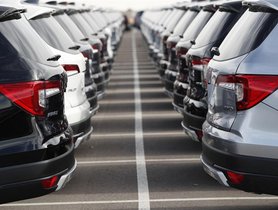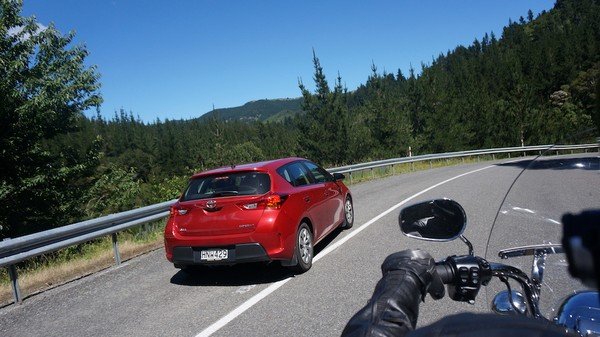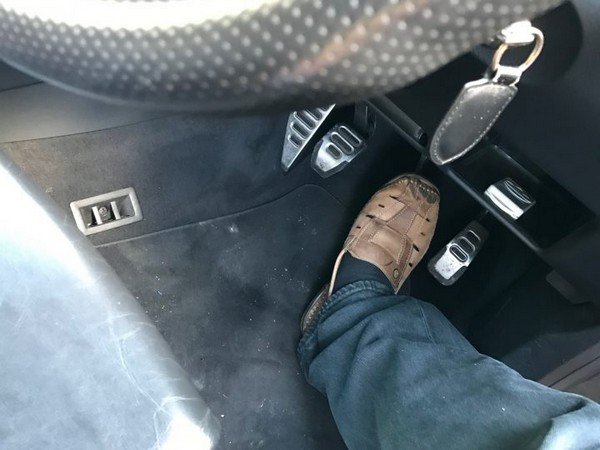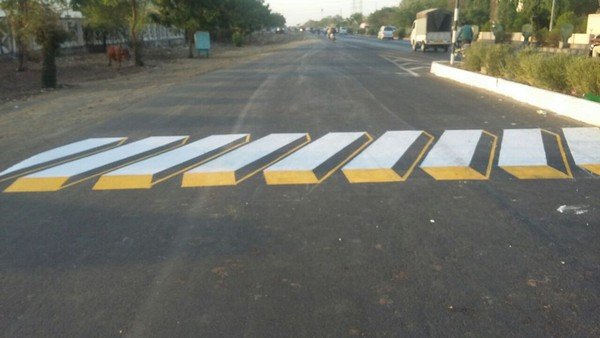Popular Tips
YOU MIGHT BE INTERESTED IN
8 Steps To Do If Your Car Brakes Fail
by IndianAuto Team |
12/07/2018
Overreacting hardly ever does any good, and when your car brakes do not function as they should, it only makes things worse. The best advice is to get yourself prepared with the following 8 steps that might save you and the others if you happen to be in such a situation.













 Follow us on google news
Follow us on google news
